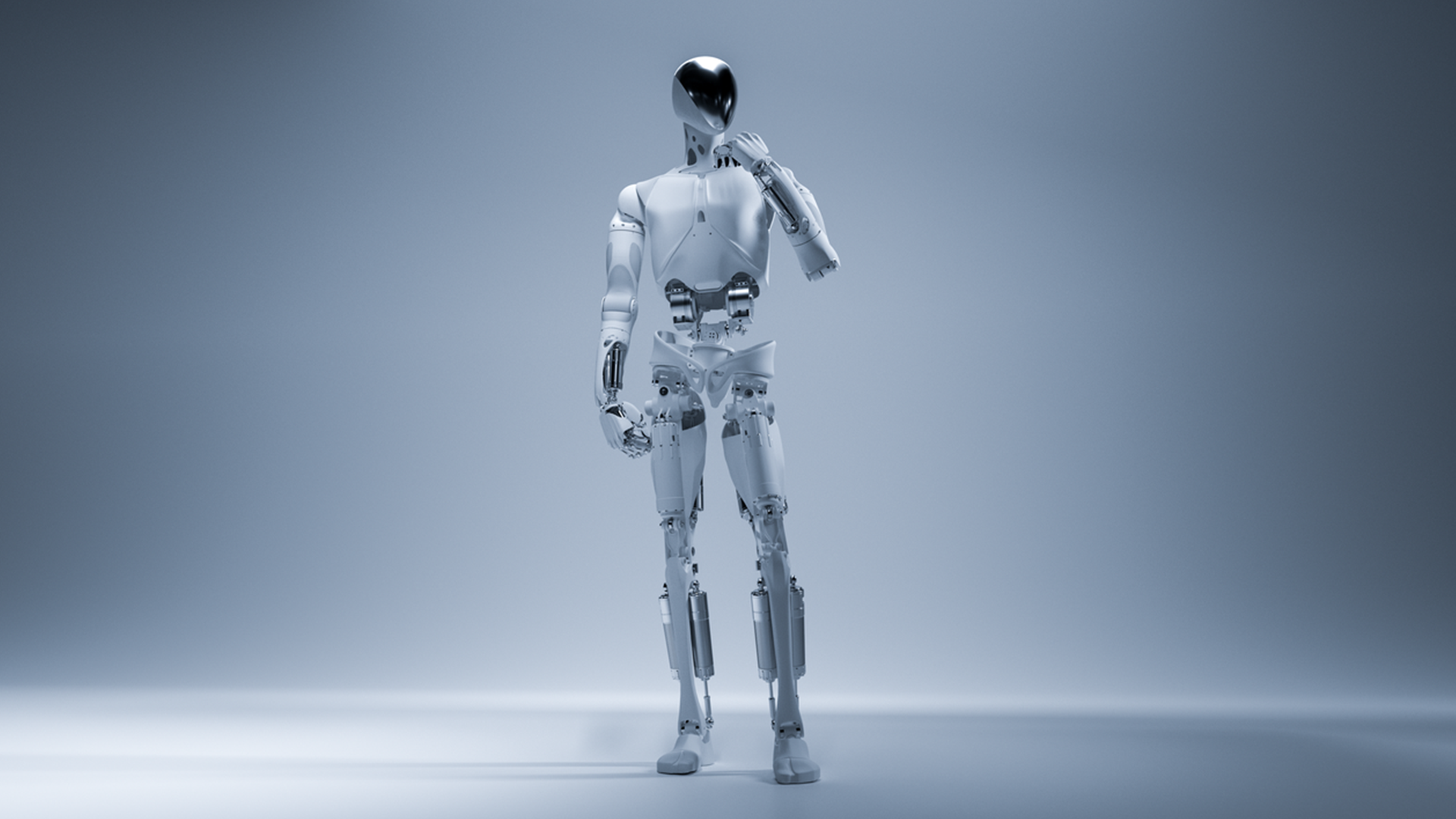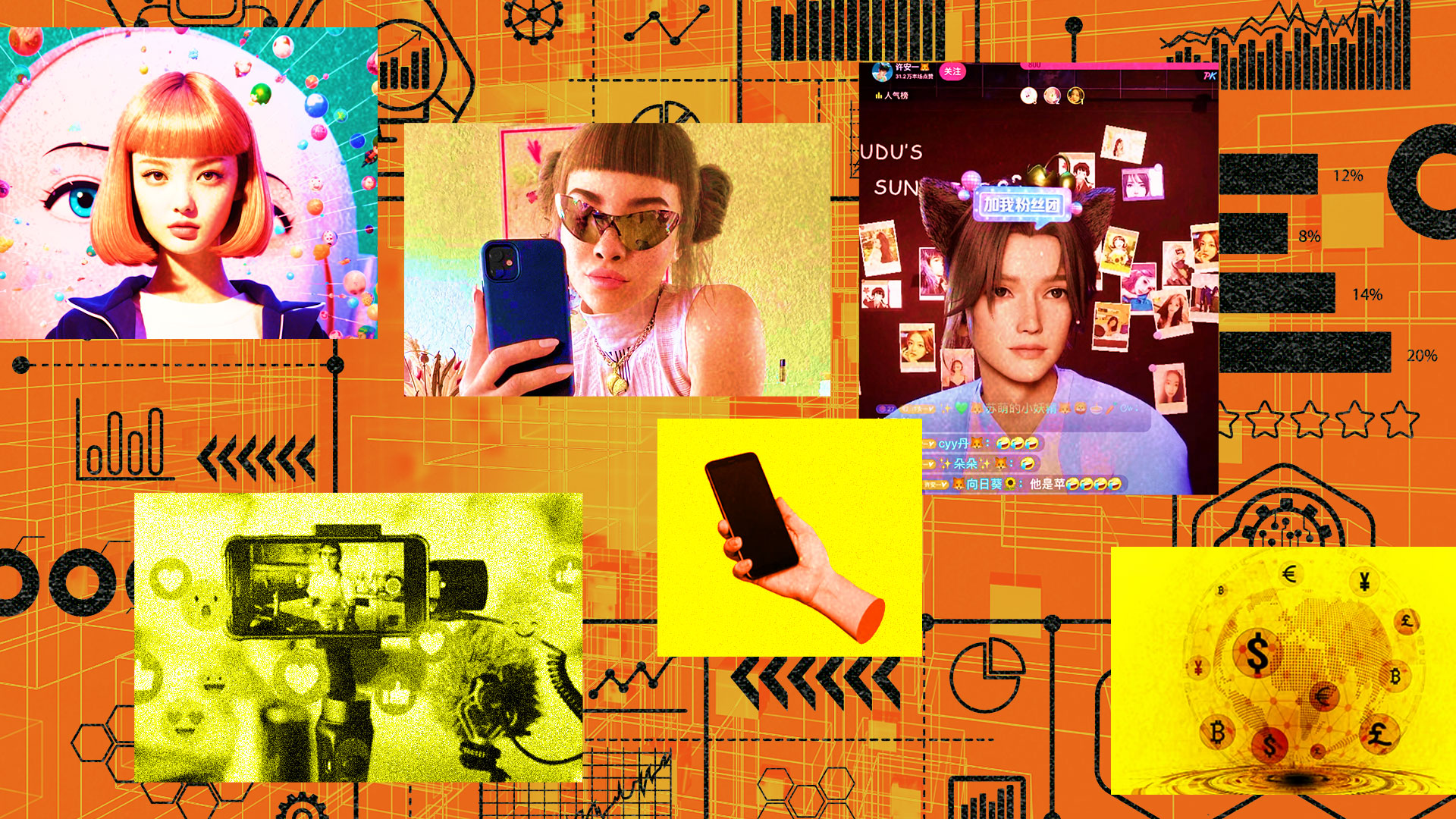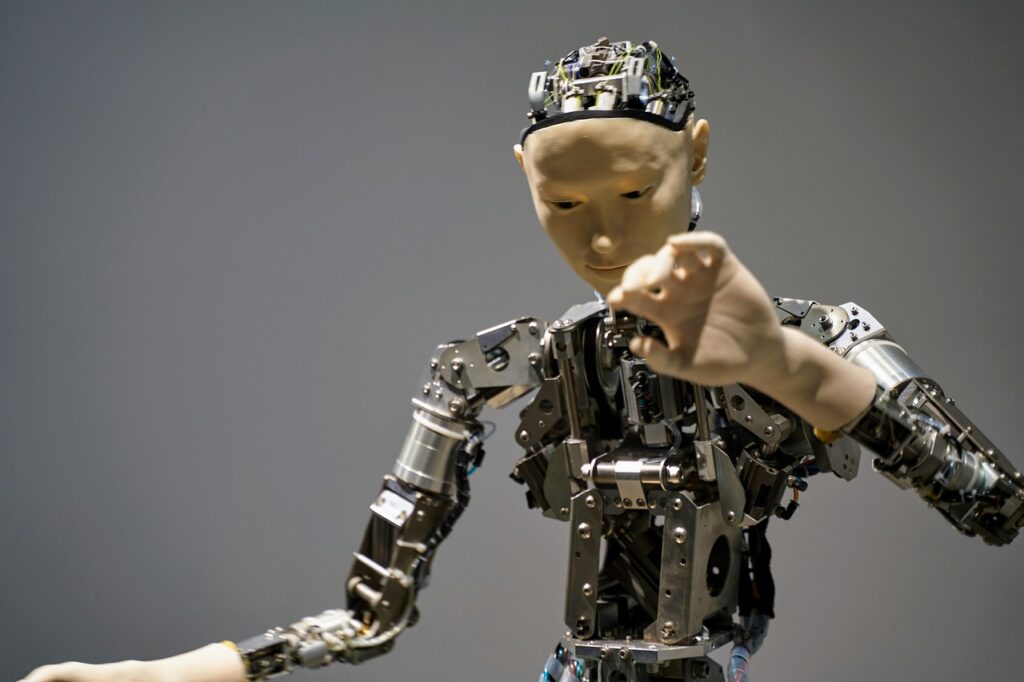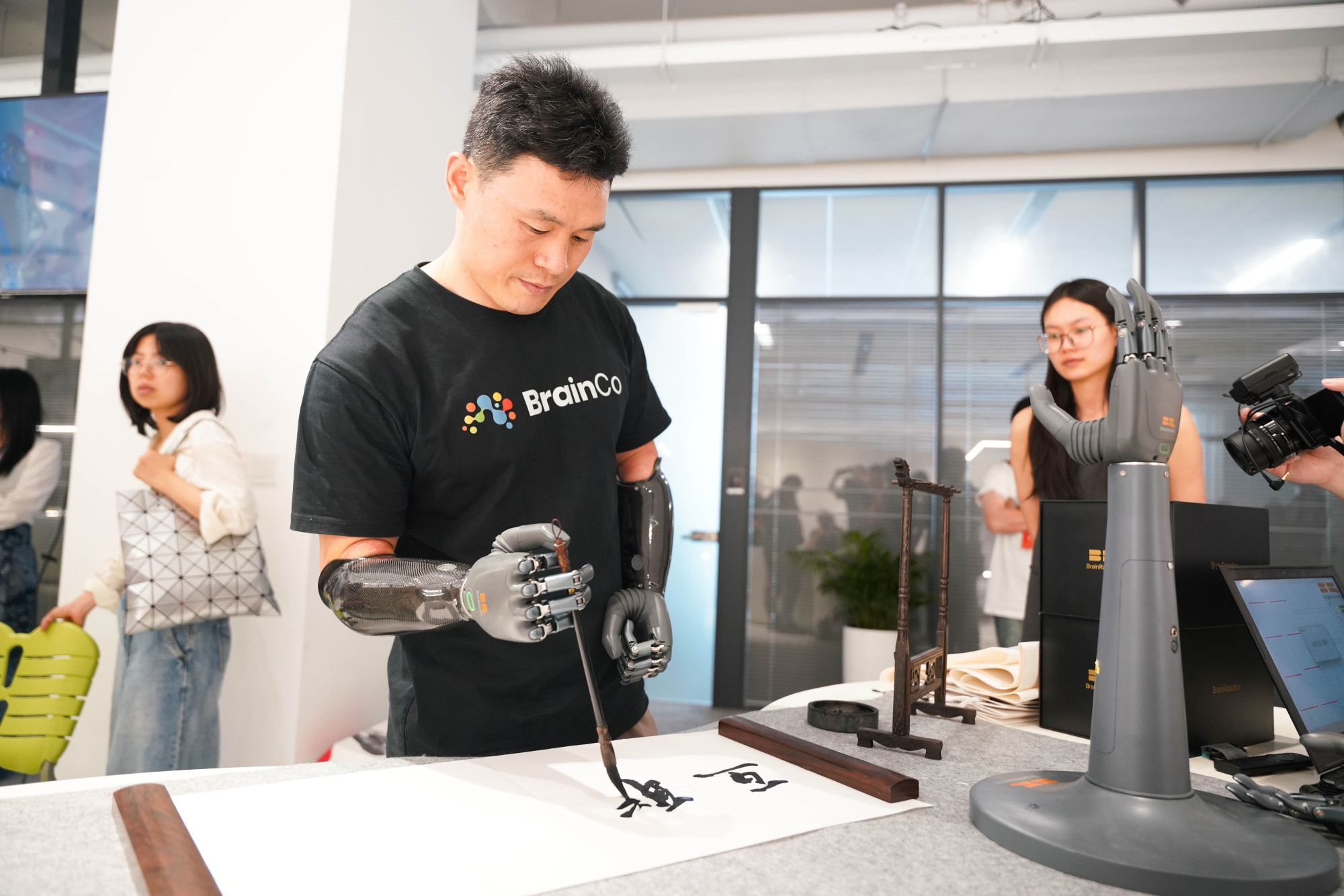The global robotics race is not just alive; it’s sprinting towards an era of unprecedented anthropomorphism, with Chinese innovation at the forefront. XPENG, known for its smart EVs, recently showcased its vision for “Physical AI” at its 2025 AI Day, unveiling the XPENG Next-Gen IRON. This latest iteration is a marvel of “extreme anthropomorphism,” boasting a humanoid spine, bionic muscles, and fully covered, flexible skin that can even be customized. With 82 degrees of freedom and hands featuring the industry’s smallest “harmonic joint” for 1:1 human hand size, IRON’s movements are strikingly fluid, capable of complex actions like a catwalk.
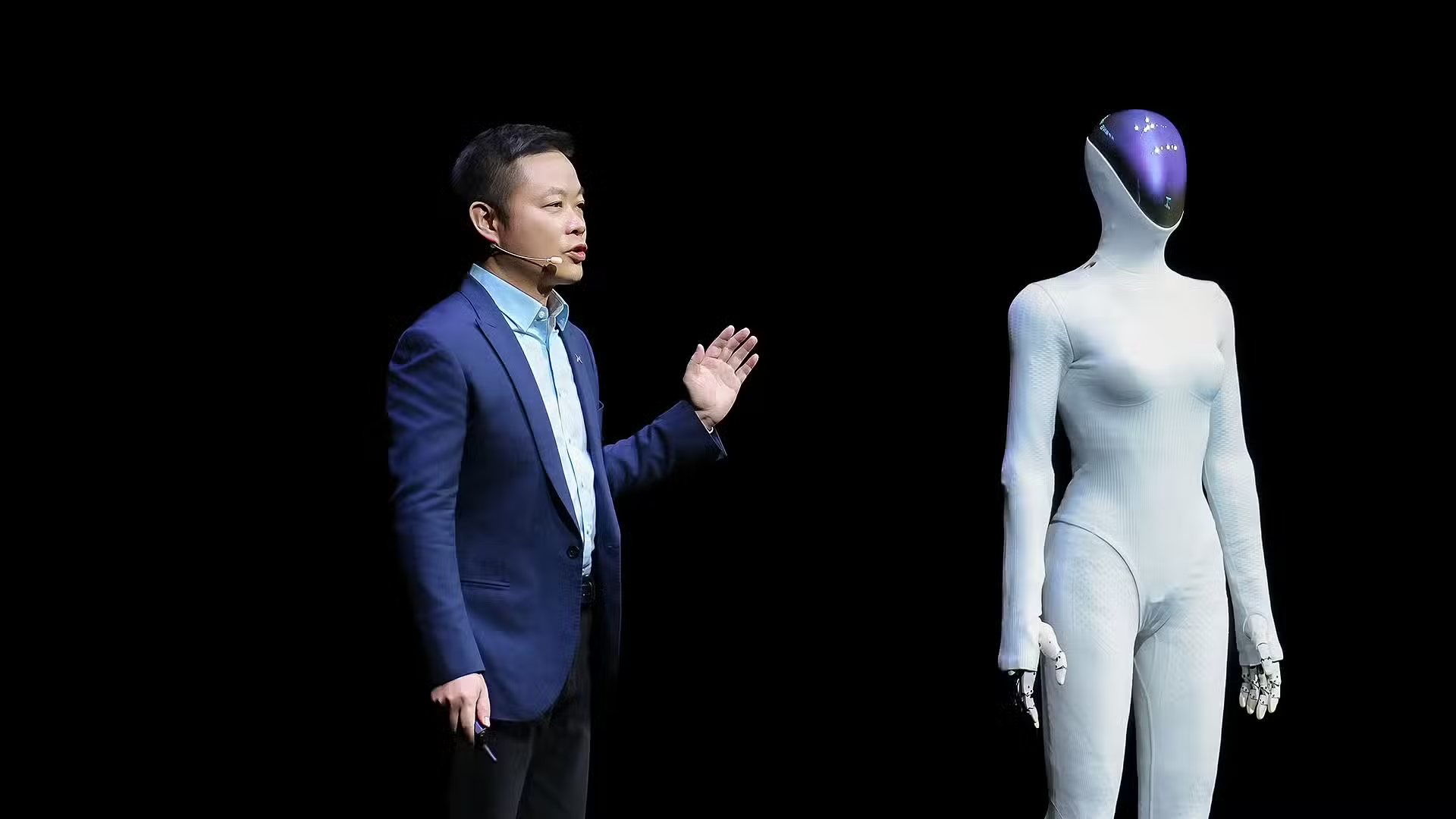
Powered by three Turing AI chips and XPENG’s proprietary VLT large model, IRON is designed for high-order intelligences in conversation, walking, and interaction, pushing robots beyond mere utility into genuine companionship. It even includes a “Fourth Law of Robotics” focused on privacy, addressing the ethical implications of its advanced capabilities. XPENG aims for large-scale mass production by late 2026, envisioning IRON initially in commercial roles like guided tours and shopping assistance.
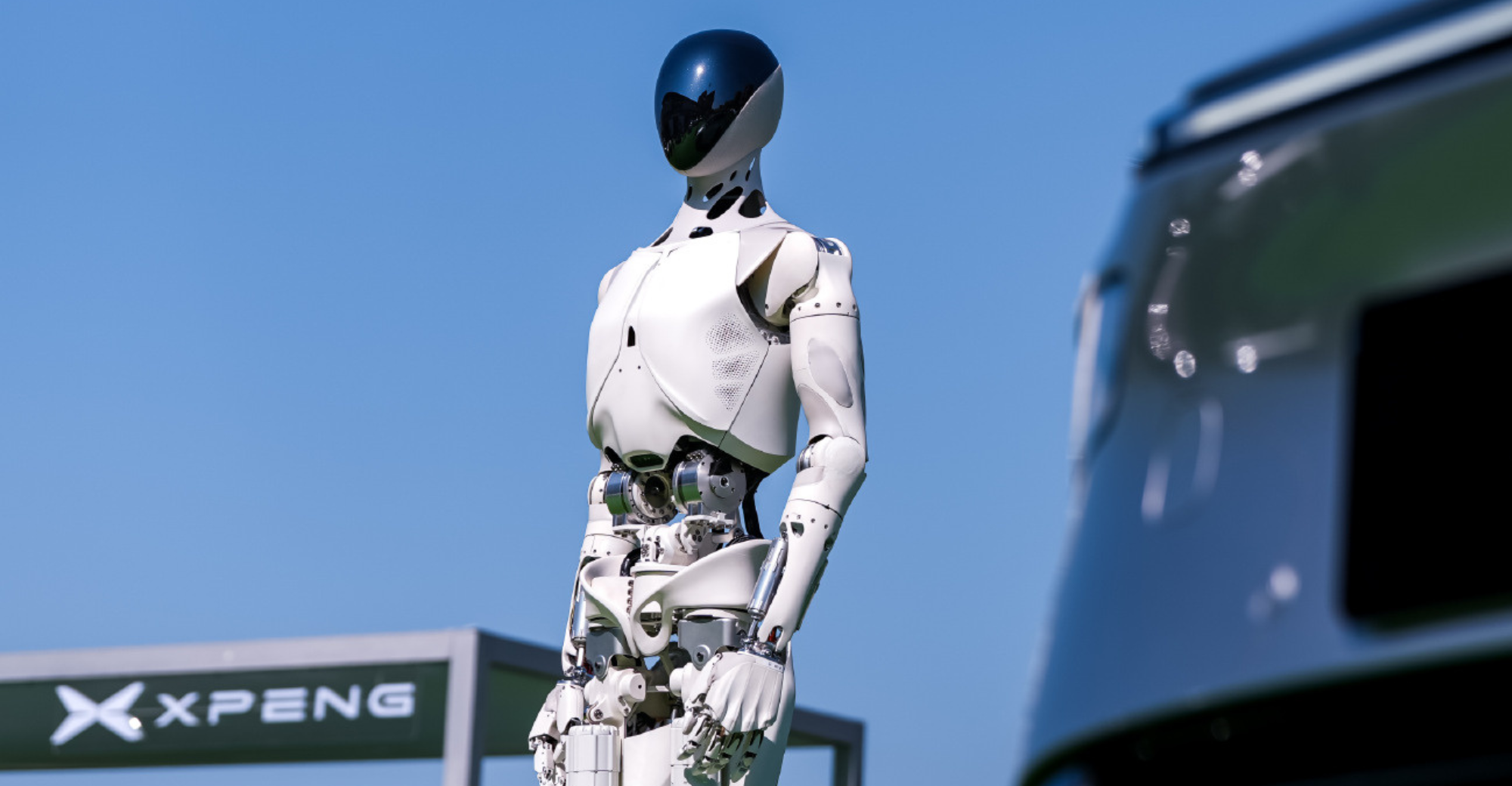
This bold step by XPENG comes hot on the heels of Unitree Technology’s Unitree H2, also lauded as “the most anthropomorphic robot yet.” Standing at a human-like 180cm and weighing 70kg, the H2 features 31 joints, a significant leap in dexterity from its predecessors. Unitree‘s philosophy similarly emphasizes integrating robots into human settings, aiming to shift public perception from “cold metal skeletons” to relatable entities. Both XPENG IRON and Unitree H2 represent a pivotal moment in robotics: a shift from industrial workhorses to machines engineered for nuanced social and domestic coexistence.
This accelerating trend signals a future where robots are not just tools, but potential members of our daily lives, sparking a fascinating philosophical reckoning on the evolving relationship between humanity and its artificial creations. China’s commitment to advancing embodied intelligence is rapidly blurring the lines, promising a horizon where humanoids are not just futuristic concepts but an everyday reality.
Cover image via Top Gear.
